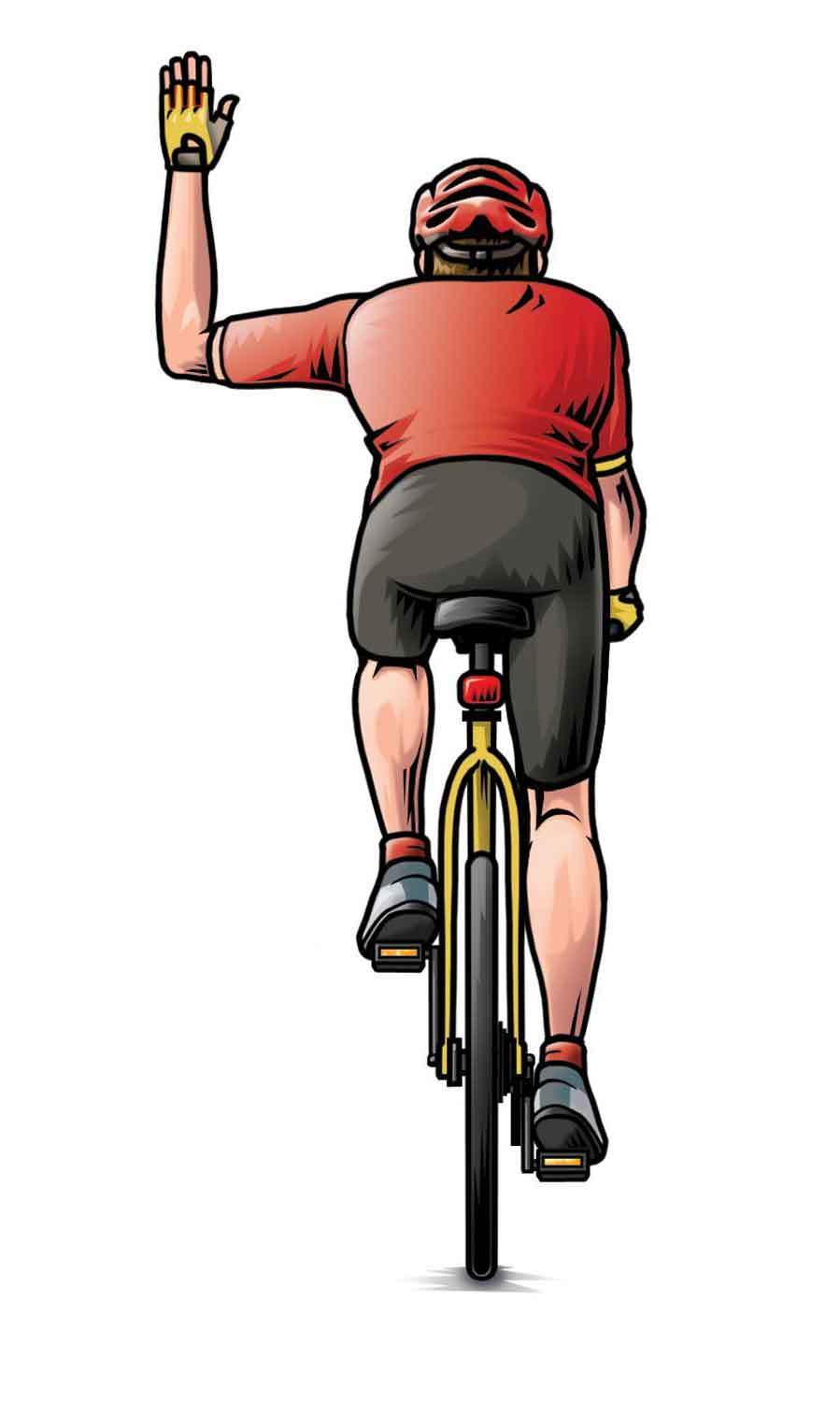

South Africa The driver extends their right arm horizontally with the palm to the front. British Columbia (Canada) recognizes both.
Right turn hand signal drivers#
I think that most drivers these days never learned or used hand signals and that the right arm is more intuitive. To signal a stop or decrease in speed, extend the left hand and arm downward. To signal a right turn, extend the right hand and arm horizontally, or extend your left hand and arm upward. Right turn indicated by extending your arm at a 90 angle upwards. The left/right turn hand signal is used when you’re entering an adjacent lane in traffic, making a left or right turn at a traffic light or stop sign. To signal a left turn, extend the left hand and arm horizontally. Left turn indicated by an arm straight out through the window. State traffic laws generally conform to the Uniform Vehicle Code, but exceptions may exist. What are the hand signals for right and left turns There are 3 basic driver hand signals: Slowing down or stopping indicated by extending your arm downward with your palm facing backward. The Uniform Vehicle Code in the US recognizes both signals although, the Code strongly encourages cyclists to use the arm to the right technique. Prior to the common sense approach of extending right arm to indicate a right turn, the convention was for cyclist to extend the left upper-arm out to the left, horizontally and angle one's forearm vertically upward this practice is no longer in use due to safety concerns. Right turn hand signal US and Canada, (optional) Current convention for signaling right, either while cycling in traffic or cycling with other riders, is to extend the right arm perpendicularly to the body to wit, the cyclist arm is pointing in the same direction of the intended turn.


 0 kommentar(er)
0 kommentar(er)
